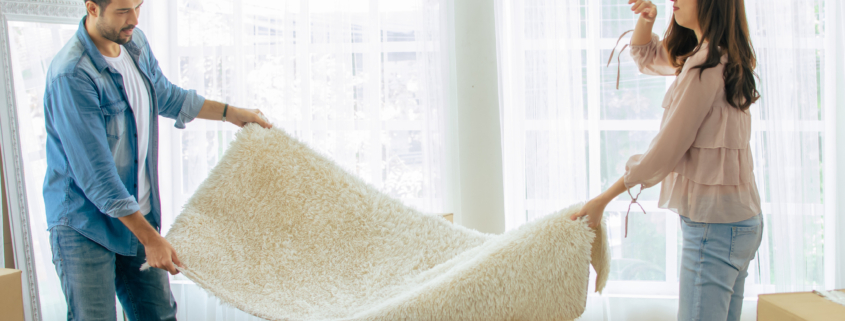Oriental Rug and Allergy
If you cannot stop sneezing or itching of your nose and throat while you are at home, it may be because of your new and luxurious carpet, in addition to giving beauty and fresh look to your home, also has problematic effects. The fact is that every time you walk on a carpet, some allergens are dispersed in the air, and this can happen even in the cleanest houses.
Where do car carpet allergens come from?
The microscopic irritants that live on your carpet may have entered it from inside or outside your home. Animal warts and dandruff or dandruff, mold and dust are all common causes of carpet allergies. Contaminants can also enter the house through shoe soles or open windows.
On the other hand, carpet fibers and adhesives that are needed to hold them together can also trigger allergic reactions in some people. However, if you cannot find a reason for the constant itching of the eyes and the constant runny nose, the culprit may be your cute carpets!
Allergens inside and outside the home inevitably find their way into carpets. This is because, just like anything else in the Earth’s atmosphere, these materials are affected by gravity. Eventually, this can cause allergens to get trapped under your feet, including:
Fine hairs, fine feathers and dandruff of animals
Pollution
Microscopic sections of insects
Dust
Food contaminants
If you are allergic to any of these, walking on the carpet can cause allergic asthma, contact dermatitis or allergic rhinitis. Here are the most common symptoms of these allergic reactions:
Itching and runny eyes and nose
Sneezing
Irritation and itching of the throat
Itching and redness of the skin
Cough
Shortness of breath
Difficulty breathing
Feeling of pressure in the chest
Even if you vacuum your carpet every day, there will still be a lot of allergens in it that nest in and around the warp and weft, making you and your children allergic to carpet. However, the amount of these allergens in different carpets varies, so you should keep this in mind when buying a car carpet. Long pile carpets, which have long, loose fibers, are the best place to shelter these materials. These carpets provide a good space for allergens to stick and mold to grow.
The materials used in the production of carpets, as well as the volatile organic compounds that they extract, can cause allergies to machine-made carpets in people who are allergic to these materials. These substances can negatively affect the respiratory system or cause allergic asthma symptoms.
If you have allergic reactions to the ingredients in your carpet
Vacuum your home at least once a week with a device that has a high efficiency particulate filter. Such filters remove and trap allergens, so these particles are no longer returned to the air.
If you keep a pet, make sure you clean the pet’s hair thoroughly when sweeping.
Minimize the humidity in the house so that dust and mold cannot reproduce.
Steam your carpets several times a year. If you can, doing this on a monthly basis is a priority. Make sure there is enough airflow for the carpets to dry quickly.
Replace carpeting of all parts of the house with small rugs. These rugs can be easily washed in hot water.
Use deep cleaning techniques for other fabrics in the house, such as upholstery and curtains.
Keep windows closed during high-allergy seasons and on days when there is a lot of dust and air pollution.
Install an air filter system that uses a HEPA filter.







